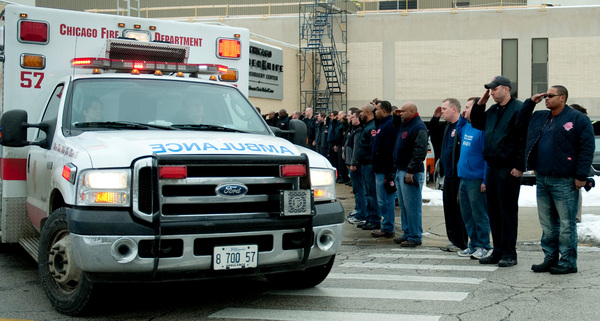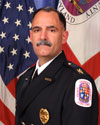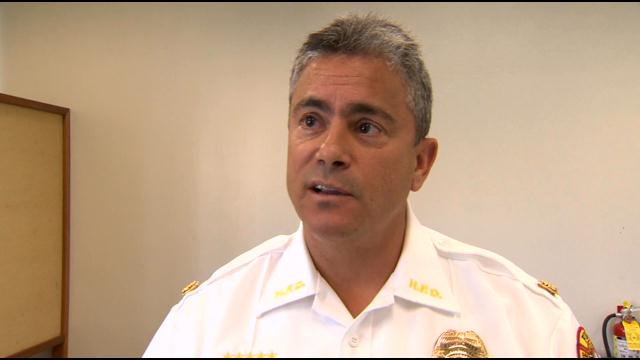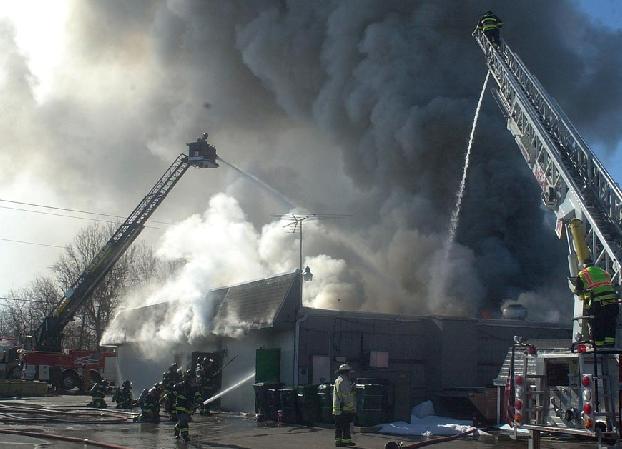Metro passengers sent towards track fire — Train then has trouble escaping
Metro's actions appear to violate safety board recommendation that followed deadly 2015 fire
Looking for a quality used fire truck? Selling one? Visit our sponsor Command Fire Apparatus
Metro sent rush hour commuters toward a fire on the tracks last week and then had trouble getting the passengers to safety. Metro’s actions Tuesday morning seem to run counter to a key National Transportation Safety Board (NTSB) recommendation that was issued after a deadly fire in the rail system almost five-years-ago.
Metro is reviewing Tuesday’s incident
The train and its passengers were sent to investigate what turned out to be a small fire on the tracks. The same train then had possible mechanical difficulties that greatly slowed getting those passengers away from the fire to a safe location. The handling of this track fire has similarities to two previous Metro fires where rail passengers were sent toward potential hazards and became trapped, resulting in scores of injuries and even a death. It was after that fatal fire in 2015 that NTSB recommended Metro change how it investigates possible fires on its tracks.
A Metro spokesperson told STATter911 on Wednesday this incident has been flagged for review by its Chief Operating Officer. The spokesperson added Sunday night, “If there was a question as to whether there was a hazard ahead, a non-passenger test train should have been used to inspect the track segment.”
Fire at Tenleytown-AU Metro Station
At 8:34 a.m. Tuesday, the operator of Train 118 reported sparks on the tracks outside the Tenleytown-AU Metro Station in Northwest Washington. He asked the Red Line dispatcher (a “controller” in Metro terminology) at the Rail Operations Control Center (ROCC) to have someone investigate further. Radio traffic from OpenMHz.com (above) shows that assignment was given to the operator of Train 130. Train 130 was inbound from the Friendship Heights Metro Station with morning rush hour passengers.
About three minutes after the initial report of sparks, Train 130’s operator reported there was a fire under the third rail. Following a discussion via radio about the train operator possibly putting out the fire with an extinguisher, it was decided the best course of action was to reverse Train 130 and send its passengers back to Friendship Heights, safely away from the small fire. The Metro spokesperson confirms these details and that Train 130 never traveled past the area where the fire was located.
Train limps back to Friendship Heights
The radio traffic shows it took more than 10-minutes after the fire was confirmed before Train 130 was able to begin its return to Friendship Heights. At that point, another problem occurred.
For some reason the operator couldn’t get the train to move faster than about two miles-per-hour. Radio traffic indicates It took at least 40-minutes from the time of the initial report of a problem on the tracks until Train 130’s passengers reached Friendship Heights. Along the way, the train operator reported there was a smell of smoke aboard the train.
Passenger Joe Twinem tweeted from inside Train 130 and wrote he was stuck on the train for more than an hour. In an interview, Twinem told WUSA9-TV that a haze filled the car and passengers could smell smoke, “It was certainly scary for a good portion of the time.”
No passengers or Metro employees were harmed during the incident. Metro has not explained why Train 130 was unable to accelerate to a normal speed.
https://twitter.com/Joetheo89/status/1204410379176153088
NTSB to Metro: Stop sending passengers toward danger
After the fatal L’Enfant Plaza Metro fire of January 12, 2015, the National Transportation Safety Board (NTSB) weighed in on the issue of sending passengers toward known and potential hazards. Following an extensive investigation, NTSB recommended on May 23, 2016 that Metro stop the practice of using trains with passengers aboard to investigate fire or smoke reports. On October 20, 2017, the Washington Metropolitan Transit Authority (WMATA) notified NTSB that it had revised its standard operating procedures to comply with the recommendation.


That NTSB recommendation was in direct response to ROCC sending two trains filled with passengers into a dangerous situation during the 2015 incident. Early in that incident smoke alarms had activated. Controllers asked the operator of the first train to check the area for smoke. That train became trapped in the smoke-filled tunnel by the second train which had off-loaded its passengers at the L’Enfant Plaza station. The station was also filling with smoke.

Scores of passengers on the blocked train suffered smoke inhalation and passenger Carol Glover died. The investigation determined the smoke was created by electrical arcing caused by a “prolonged short circuit”. In other words, it was generally the type of third rail electrical incident that happened three separate times on Tuesday and occurs somewhat frequently on Metro.
In the executive summary of its report, NTSB wrote that sending trains filled with passengers to check things out had been “WMATA’s routine response to reports of smoke or fire.”

In fact, not only had Metro’s ROCC regularly sent trains with passengers aboard to check out smoke and fire, the L’Enfant Plaza incident was not the first time passengers were harmed because of this practice. Fifteen-years earlier, in April of 2000, Metro had one of its trains check out a fire near Foggy Bottom. At least 13 passengers were hospitalized after being stranded on a smoke-filled train. Some waited as a long as two hours to be rescued.
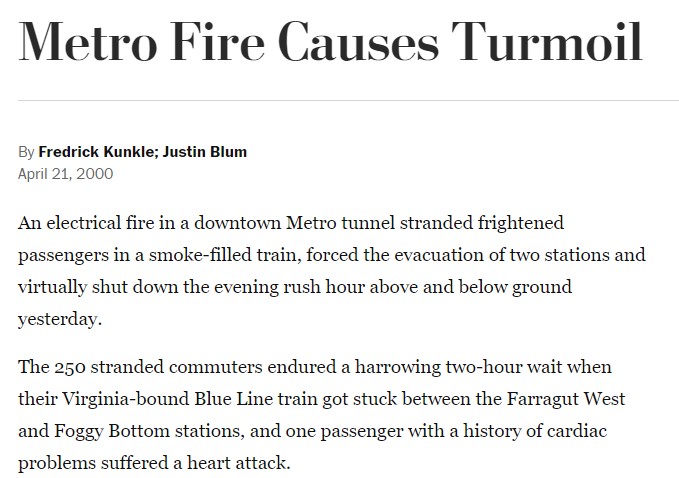
“Safety trumps service”
These incidents involving third rail components have long plagued Metro and create significant challenges balancing safety concerns with keeping the trains running. A Metro spokesperson pointed out the rail system’s current doctrine is “safety trumps service”. Smoke, fire and arcing along the tracks are almost always handled without harm to passengers and through coordination between area fire departments and Metro personnel. But the two exceptions–L’Enfant Plaza in 2015 and Foggy Bottom in 2000–are important reminders these small fires can have major consequences.
If Tuesday’s fire at Tenleytown-AU had created more smoke–which is not an uncommon event in the Metro system–those passengers could have faced significant danger. Especially on a train that could only move away from trouble at two miles-per-hour.
Rough timeline of incident involving Train 130 (based on OpenMHz time stamps)
- 8:34 Train 118 reports sparks near Tenleytown-AU Metro Station
- 8:35 Train 130 dispatched to provide a track report following the report of sparks
- 8:37 Train 130 reports a fire under the third rail
- 8:38 Controller discusses with Train 130 operator the possibility of getting out of the train to extinguish the fire
- 8:40 Train 130 operator is told to get the train ready to reverse direction
- 8:46 Train 130 ordered to head back to Friendship Heights.
- 8:48 Train 130 operator reports the train isn’t moving
- 8:54 Train 130 is moving at about 5 mph
- 9:01 Train 130 moving at about 2 mph
- 9:03 Train 130 is asked if there’s any report of smoke and she replies there is at the rear of the train
- 9:07 Train 130 reports the train is still moving at 2 mph and can’t go any faster
- 9:12 Train 130 reports still going at 2 mph
- 9:14 Train 130 reports there is still the smell of smoke toward the rear of the train, according to passengers
(Note: It was not clear from the radio traffic exactly when Train 130 arrived at Friendship Heights.)

